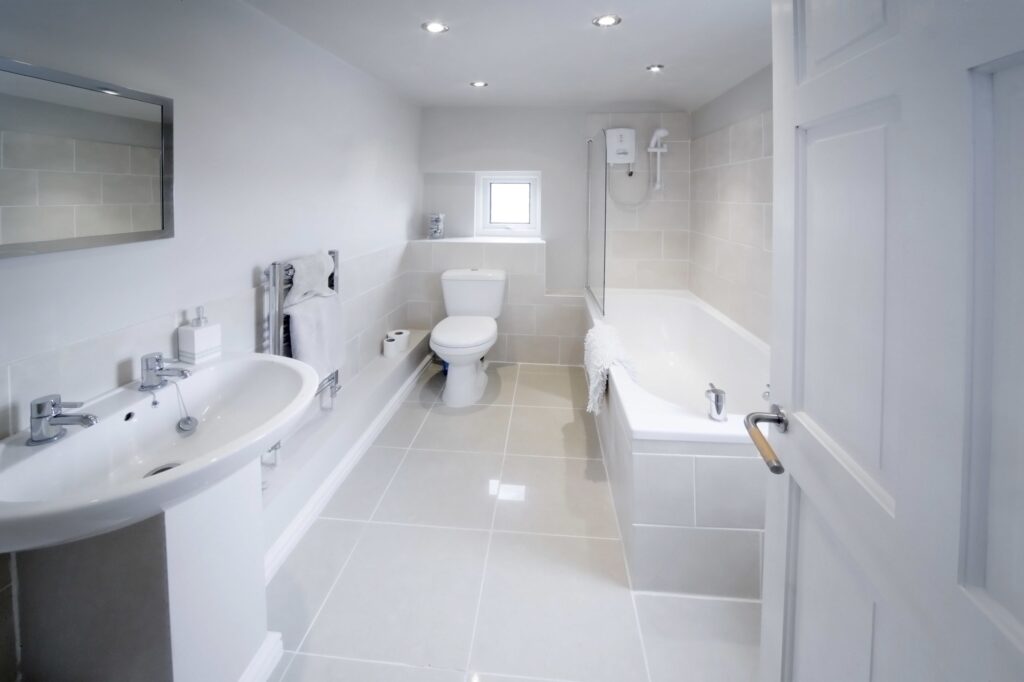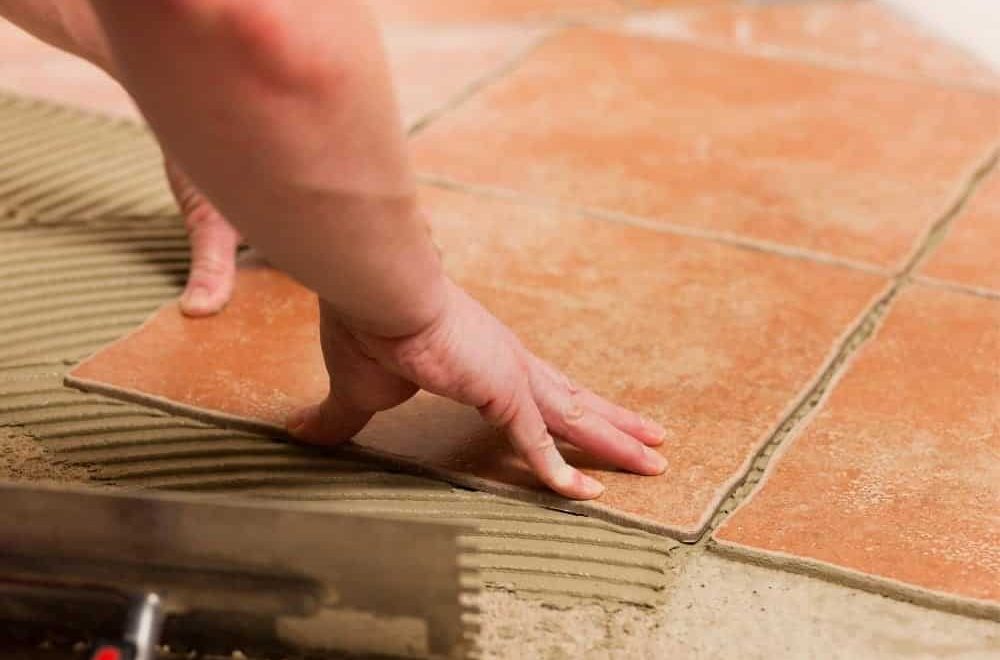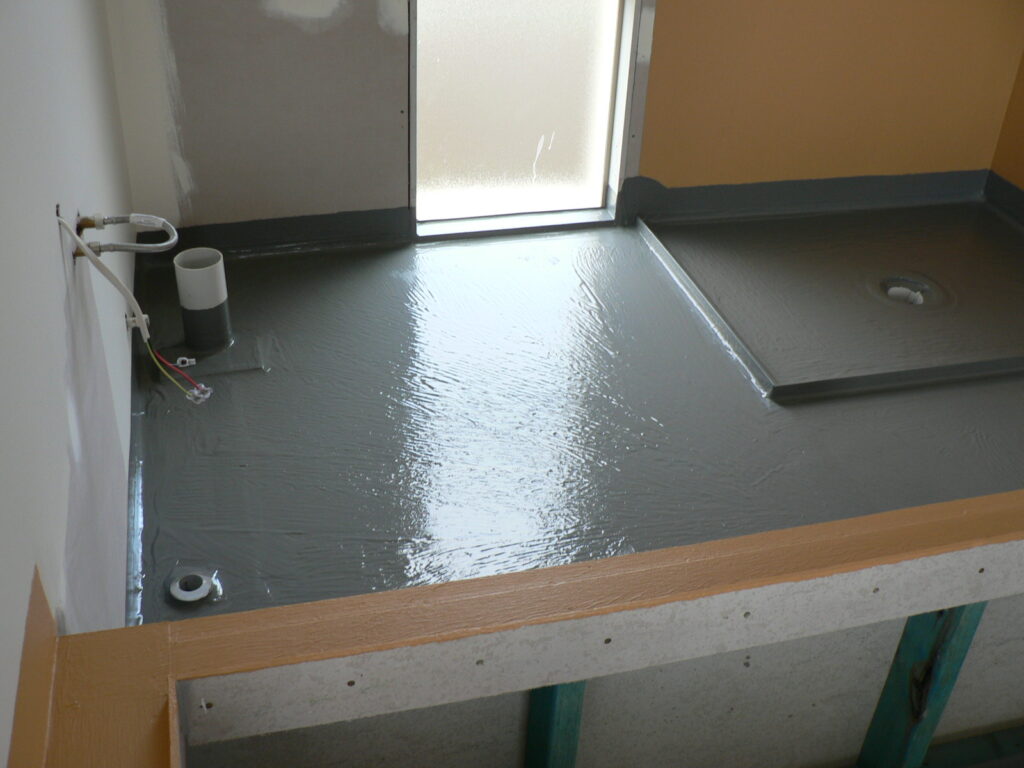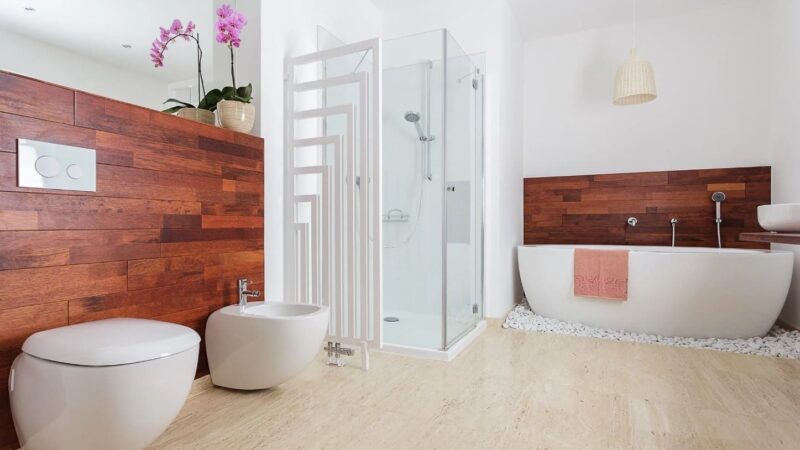Water is the essential element in a space like the bathroom. Common problems such as leaks or water losses, are often the consequence of a bad installation, a poorly done reform or the passage of time that deteriorates the materials.
Before using the bathtub, the shower tray or if you have just installed a built-in shower, it is essential to make sure that there are no leaks and that everything is insulated. Choosing the most appropriate materials, performing proper maintenance and regular bathroom cleaning help make waterproofing bathrooms and showers safe.
Although there are many materials for wall tiles and flooring, one of the most common is to decide on tiles within the bathroom. It is a cheap and resistant alternative, given the properties of the tile, it is the ideal material in a place where water and humidity are common and where more water leaks occur. Here are some tips so that the waterproofing of bathrooms and showers is ensured.
Waterproofing of bathroom walls
The water from the shower splashes everywhere, putting a screen or a curtain is the usual thing to not wet out. The walls of tile or with a plaster finish, for later painting or wallpapering, need a treatment to repel water and not cause humidity and water leaks.
How to waterproof the tile wall?
When laying tiles on the walls of the bathroom or the lining of a shower, think about waterproofing this material. But both the base and the joints or joints, can become the source of water leaks if they are not well made or are poorly maintained.

The tile covering goes over a cement or mortar grout.
- Waterproof this layer by adding a latex-based emulsion, in addition, it gives it an elasticity that facilitates the fixing of the tiles.
- Place the tiles with a cement-glue or cementitious adhesive that withstands moisture.
- Once the bathroom or shower wall tiles have been installed, apply a waterproof paste to the joints, with an anti-mold and antibacterial treatment, since dirt accumulates in the joints and water can be trapped.
Once installed it is necessary to clean the joints of the tiles, if you do not let mold appear, the waterproofing of the bathroom wall is ensured.
How to waterproof a plaster wall?
We already know that painted bathrooms are a trend. To avoid humidity and the paint to spoil quickly, it is convenient to apply a coat of anti-humidity acrylic resin where you are going to paint later. Take into account the type of paint that you are going to use in the bathroom, not just any will do.
- Anti-condensation paint. It produces an antipyretic effect, preventing the water vapor from condensing so much on the walls.
- Anti-humidity paint. It is ideal in bathrooms as it prevents condensation and water leaks.
- Anti-mold paint. Considerably reduces the appearance of fungi and mold.

Waterproofing a bathtub or shower
When we choose to carry out a built-in shower in the bathroom, it is because we prefer a personalized design, tailored to our needs. But, how to waterproof a built-in shower tray? In the case of the bathtub or shower tray, the base on which they sit must be perfectly waterproofed. You can use two different products for this task:
- Waterproofing membranes. There are membranes to waterproof the floor of the shower or the walls of the bathroom, these are applied under the mortar.
- Waterproofing kit for shower. It requires some knowledge of masonry but is fairly straightforward. This product consists of a non-slip glass mosaic mesh for the shower floor, glue cement, waterproof grouting paste, a waterproofing membrane with a drain to evacuate the water and a sealing gasket. Follow the manufacturer’s instructions for a perfect seal.
Waterproofing of joints, edges and finishes
It is necessary to waterproof the joints of the bathtub, the shower tray and other toilets that are in contact with the wall or even with furniture so that water does not leak through the cracks. This is usually the origin of most incidents caused by water in the bathrooms.

If you have opted for tiles when choosing the floor for the shower, keep in mind that joints are the biggest enemy of water leaks. It waterproofs the grouting of the tiles with waterproof paste, better with an anti-mold treatment, since a lot of dirt accumulates in these joints and water is retained by condensation.
The bathtub and shower tray are surrounded by an edge made of insulating material, usually with a silicone base. Over time mold spots appear and wears out. As we have already pointed out, regular cleaning helps to keep the insulation in good condition, but from time to time it is necessary to change it. How to do it?
- Acquire a product to waterproof silicone-based bathroom joints.
- Clean and dry the edge of the bathtub or shower tray.
- Tape both sides to delimit the area where to put the silicone.
- Put silicone all over the edge.
- Wait about 10 minutes and smooth the silicone bead with a finger soaked in water and remove the adhesive tape.
- Let it dry.
Proper waterproofing of bathrooms and showers avoids most problems of water loss and humidity in homes. We have explained how to prevent and keep water leaks in the bathtub or shower at bay. It’s simple and you can do it yourself, so check if the bathroom joints are well waterproofed and get to work.
If you need assistance, don’t hesitate to get in touch with a waterproofing professionals.
You may also like to read: How to seal a shower screen: steps to follow




Recent Comments